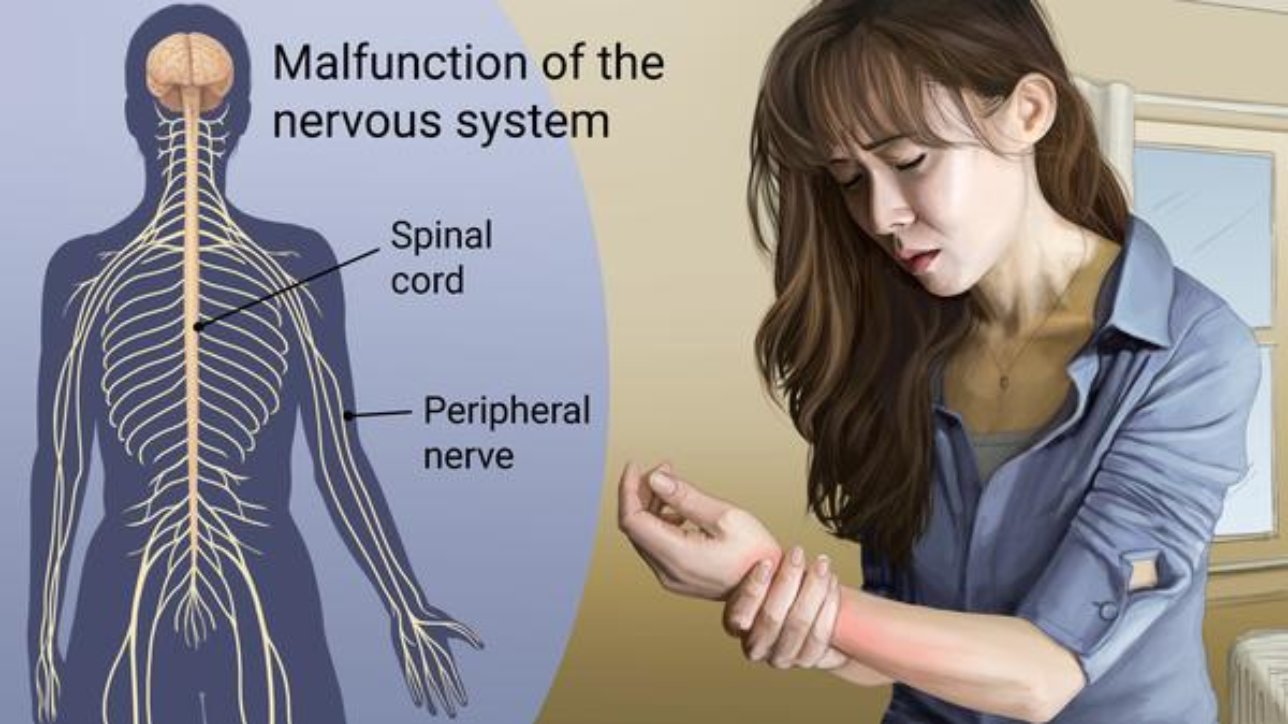Overview
Complex regional pain syndrome (CRPS) is a form of chronic pain that usually affects an arm or a leg. CRPS typically develops after an injury, a surgery, a stroke or a heart attack. The pain is out of proportion to the severity of the initial injury.
Complex regional pain syndrome is uncommon, and its cause isn’t clearly understood. Treatment is most effective when started early. In such cases, improvement and even remission are possible.
Symptoms
Signs and symptoms of complex regional pain syndrome include:
- Continuous burning or throbbing pain, usually in your arm, leg, hand or foot
- Sensitivity to touch or cold
- Swelling of the painful area
- Changes in skin temperature — alternating between sweaty and cold
- Changes in skin color, ranging from white and mottled to red or blue
- Changes in skin texture, which may become tender, thin or shiny in the affected area
- Changes in hair and nail growth
- Joint stiffness, swelling and damage
- Muscle spasms, tremors, weakness and loss (atrophy)
- Decreased ability to move the affected body part
Symptoms may change over time and vary from person to person. Pain, swelling, redness, noticeable changes in temperature and hypersensitivity (particularly to cold and touch) usually occur first.
Over time, the affected limb can become cold and pale. It may undergo skin and nail changes as well as muscle spasms and tightening. Once these changes occur, the condition is often irreversible.
Complex regional pain syndrome occasionally may spread from its source to elsewhere in your body, such as the opposite limb.
In some people, signs and symptoms of complex regional pain syndrome go away on their own. In others, signs and symptoms may persist for months to years. Treatment is likely to be most effective when started early in the course of the illness.
When to see a doctor
If you experience constant, severe pain that affects a limb and makes touching or moving that limb seem intolerable, see your doctor to determine the cause. It’s important to treat complex regional pain syndrome early.
Causes
The cause of complex regional pain syndrome isn’t completely understood. It’s thought to be caused by an injury to or an abnormality of the peripheral and central nervous systems. CRPS typically occurs as a result of a trauma or an injury.
Complex regional pain syndrome occurs in two types, with similar signs and symptoms, but different causes:
- Type 1. Also known as reflex sympathetic dystrophy syndrome (RSD), this type occurs after an illness or injury that didn’t directly damage the nerves in your affected limb. About 90 percent of people with complex regional pain syndrome have type 1.
- Type 2. Once referred to as causalgia, this type has similar symptoms to type 1. But type 2 complex regional pain syndrome follows a distinct nerve injury.
Many cases of complex regional pain syndrome occur after a forceful trauma to an arm or a leg. This can include a crushing injury, fracture or amputation.
Other major and minor traumas — such as surgery, heart attacks, infections and even sprained ankles — can also lead to complex regional pain syndrome.
It’s not well-understood why these injuries can trigger complex regional pain syndrome. Not everyone who has such an injury will go on to develop complex regional pain syndrome. It might be due to a dysfunctional interaction between your central and peripheral nervous systems and inappropriate inflammatory responses.
Complications
If complex regional pain syndrome isn’t diagnosed and treated early, the disease may progress to more-disabling signs and symptoms. These may include:
- Tissue wasting (atrophy). Your skin, bones and muscles may begin to deteriorate and weaken if you avoid or have trouble moving an arm or a leg because of pain or stiffness.
- Muscle tightening (contracture). You also may experience tightening of your muscles. This may lead to a condition in which your hand and fingers or your foot and toes contract into a fixed position.
Prevention
These steps might help you reduce the risk of developing complex regional pain syndrome:
- Taking vitamin C after a wrist fracture. Studies have shown that people who took a daily minimum dose of 500 milligrams (mg) of vitamin C after a wrist fracture had a lower risk of complex regional pain syndrome compared with those who didn’t take vitamin C.
- Early mobilization after a stroke. Some research suggests that people who get out of bed and walk around soon after a stroke (early mobilization) lower their risk of complex regional pain syndrome.

